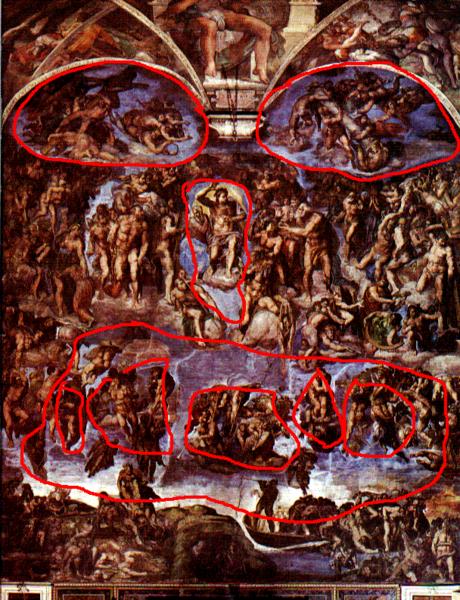
The Big Dipper asterism is associated with many different myths and folk tales across the world.
The Big Dipper stars, Dubhe and Merak, are used in finding the North Pole Star, Polaris. The farthest star to us of the Big Dipper asterism is the second-brightest star of Ursa Major, the bright orange giant Dubhe, located at around 123 light-years away. The closest star to us of the Big Dipper asterism is the subgiant star Merak, located at around 79.7 light-years away. One of these stars, namely Alkaid, was among the 15 Behenian stars used in magic rituals in the medieval period. The seven stars that make up the Big Dipper asterism are Alioth, the brightest star in Ursa Major, Dubhe, Merak, Phecda, Megrez, Mizar, and Alkaid. The constellation of Ursa Major thus covers a larger area of the sky than the Big Dipper, however, the stars’ that mark the celestial bear’s head, torso, legs, and feet are not as bright or as easy to see as the seven stars of the Big Dipper that mark its tail and hindquarters. The Big Dipper is not a constellation, but rather it is the most visible part of the Ursa Major constellation, the third largest of all 88 constellations. Thus, sometimes its name is used synonymously with the Great Bear. The Big Dipper asterism is commonly confused for the constellation, Ursa Major, itself. The Big Dipper is a prominent asterism in the northern sky in the summer and is one of the first star patterns learned in astronomy. 
This asterism is well-known throughout many cultures around the globe and goes by many names, among them, the Plough, the Great Wagon, Saptarishi, and the Saucepan.

The Big Dipper asterism is among the most easily recognizable asterisms in the night sky.






 0 kommentar(er)
0 kommentar(er)
